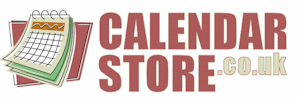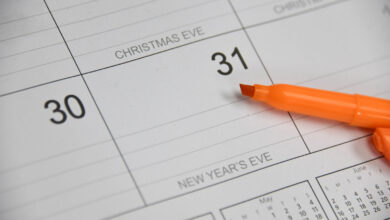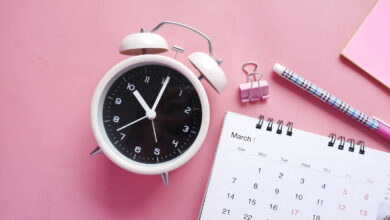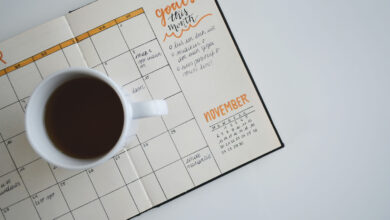The Ultimate Guide to Using a Planner for Maximum Productivity
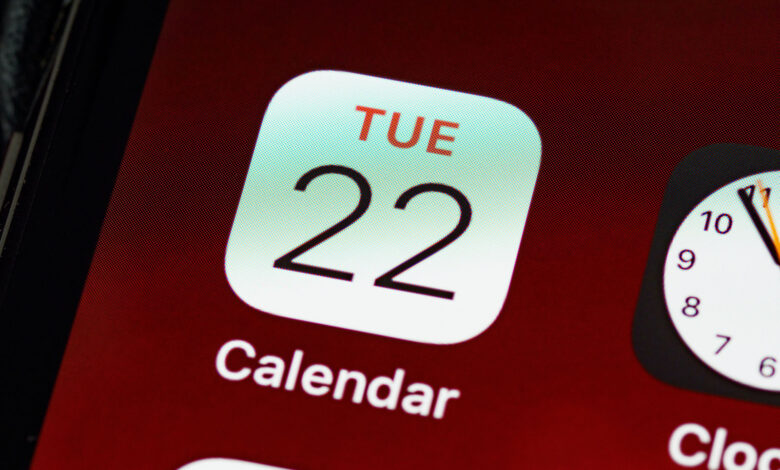
In today’s fast-paced world, staying organised and on top of your tasks can be a daunting challenge. With the never-ending to-do lists, meetings, appointments, and deadlines, it’s easy to feel overwhelmed and like you’re constantly playing catch-up. This is where the humble planner comes into play. Using a planner effectively can be a game-changer when it comes to boosting your productivity and achieving your goals. In this comprehensive guide, we’ll take you through the ultimate tips and tricks for using a planner for maximum productivity.
1. Choose the Right Planner
The first step to using a planner effectively is to choose the right one for you. There are countless options available on the market, from daily and weekly planners to bullet journals and digital apps. Consider your needs and preferences – do you prefer a paper planner or a digital one? Are you looking for something simple and straightforward, or do you want a planner that offers plenty of customisation options? Once you’ve found the perfect planner for you, you’ll be more likely to stick to using it consistently.
2. Set Clear Goals
Before you start filling out your planner, take some time to set clear goals for yourself. What do you want to achieve in the coming days, weeks, or months? By setting specific, measurable goals, you’ll be able to break them down into smaller tasks and schedule them into your planner. This will help you stay focused and motivated, knowing exactly what you’re working towards.
3. Plan Ahead
One of the key benefits of using a planner is that it allows you to plan ahead and stay organised. Take some time at the beginning of each week to review your schedule, deadlines, and priorities. Break down your tasks into daily to-dos and allocate time for each one in your planner. This will give you a clear roadmap for the week ahead and help you stay on track.
4. Prioritise Tasks
Not all tasks are created equal. Some are more urgent or important than others, so it’s crucial to prioritise them accordingly. Use a simple system to categorise your tasks based on their urgency and importance – for example, using labels like “urgent,” “important,” and “non-urgent/non-important.” This will help you focus on the most critical tasks first and avoid getting bogged down by less important ones.
5. Create a Routine
Consistency is key when it comes to using a planner effectively. Create a daily or weekly routine for filling out your planner, reviewing your tasks, and updating your schedule. Set aside a specific time each day to plan and reflect on your progress. By making planner use a regular habit, you’ll be more likely to stay organised and on top of your tasks.
6. Use Colour Coding
Colour coding is a helpful technique for visually organising your planner and making it easier to identify different types of tasks at a glance. Assign a specific colour to each category of tasks – for example, blue for work-related tasks, green for personal errands, and red for urgent deadlines. This will help you quickly see what needs to be done and when, making it easier to prioritise and plan your day.
7. Set Realistic Expectations
It’s important to set realistic expectations for yourself when using a planner. While it can be tempting to fill your schedule with back-to-back tasks and appointments, it’s crucial to leave some breathing room for unexpected delays or emergencies. Be mindful of your energy levels and avoid overloading your schedule. Remember, it’s better to accomplish a few tasks well than to rush through a long list and feel overwhelmed.
8. Review and Reflect
Regularly reviewing and reflecting on your planner is essential for maximising productivity. Take some time at the end of each day to review your tasks, check off what you’ve accomplished, and move uncompleted tasks to the next day. Use this time to adjust your schedule, reassess your priorities, and make any necessary changes to your planner. Reflecting on your progress will help you stay accountable and motivated towards reaching your goals.
9. Stay Flexible
While it’s important to stick to your planner as much as possible, it’s also essential to stay flexible and adaptable. Life is unpredictable, and things don’t always go according to plan. If unexpected changes or emergencies arise, be willing to adjust your schedule and priorities accordingly. Don’t be too hard on yourself if you don’t complete every task on time – it’s okay to reschedule or delegate some tasks if needed.
10. Celebrate Your Successes
Finally, don’t forget to celebrate your successes along the way. Using a planner for maximum productivity takes discipline and effort, so it’s essential to acknowledge and reward yourself for your hard work. Take a moment to pat yourself on the back for achieving your goals, staying organised, and making progress towards your dreams. Celebrating your successes will boost your morale, motivation, and overall productivity.
In conclusion, using a planner is a powerful tool for boosting productivity and achieving your goals. By choosing the right planner, setting clear goals, planning ahead, prioritising tasks, creating a routine, using colour coding, setting realistic expectations, reviewing and reflecting, staying flexible, and celebrating your successes, you can maximise the effectiveness of your planner and take control of your time and tasks. With some dedication and consistency, you’ll be well on your way to reaching new heights of productivity and success. Happy planning!
